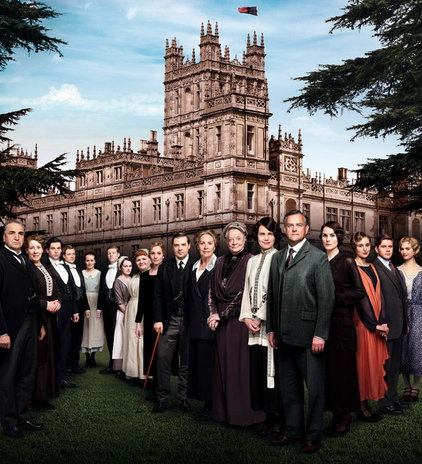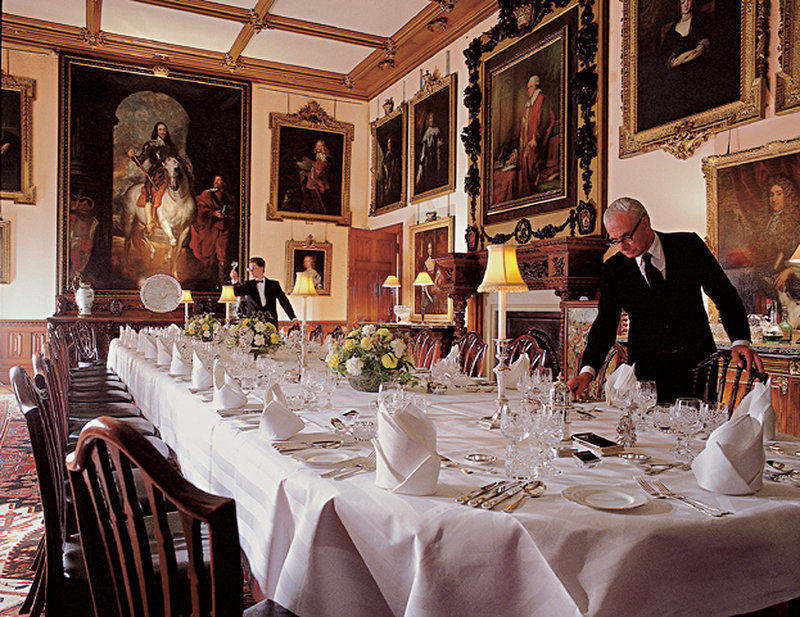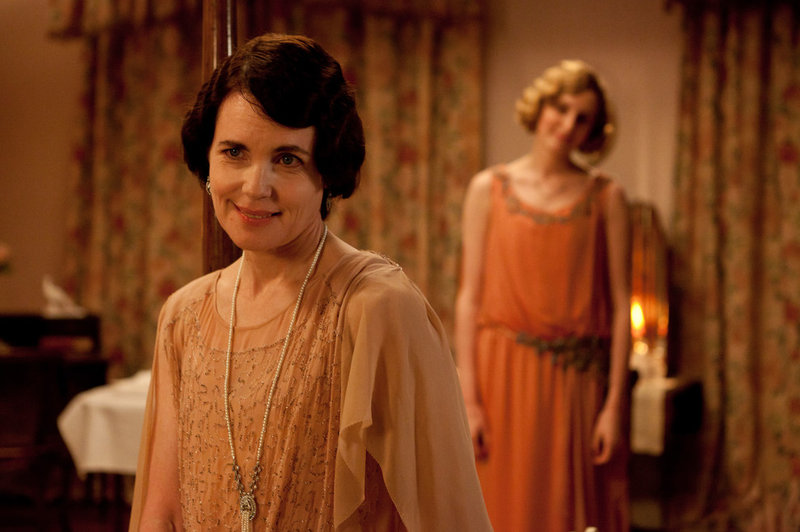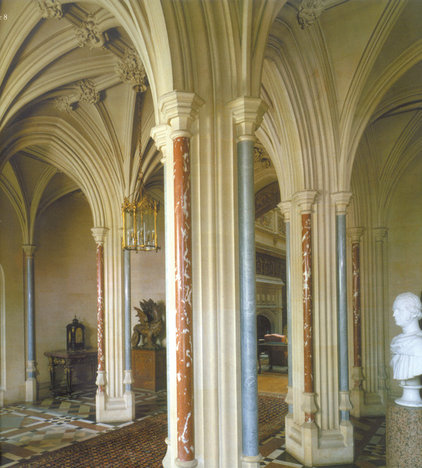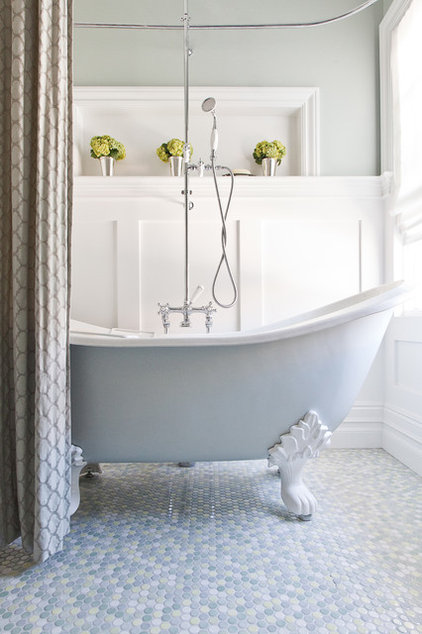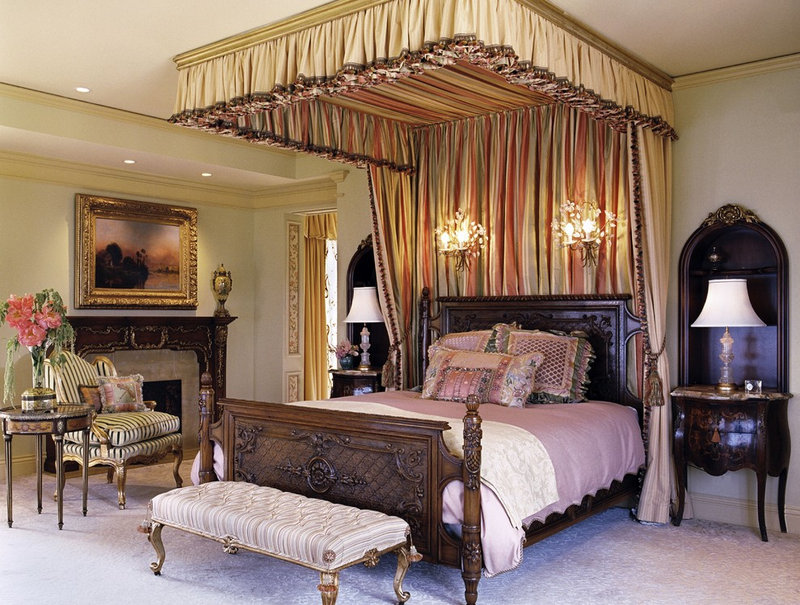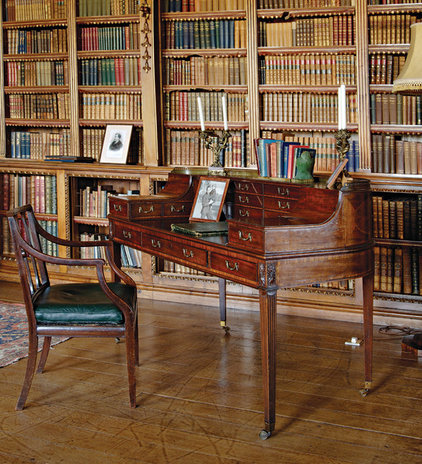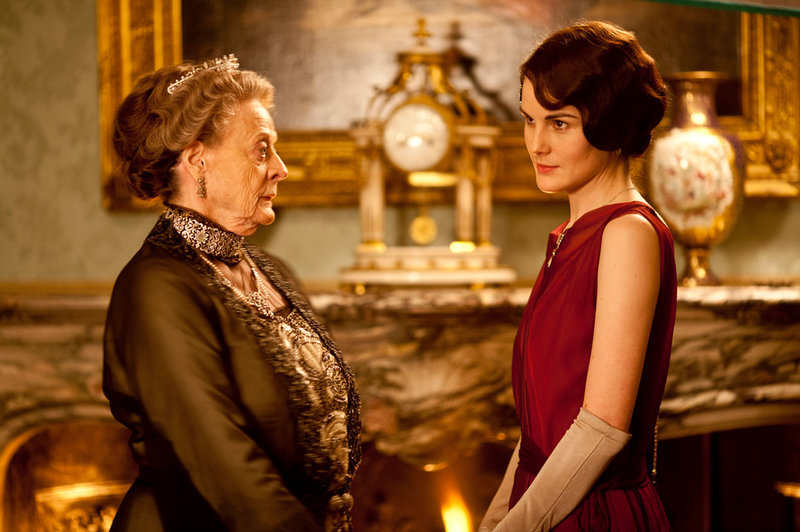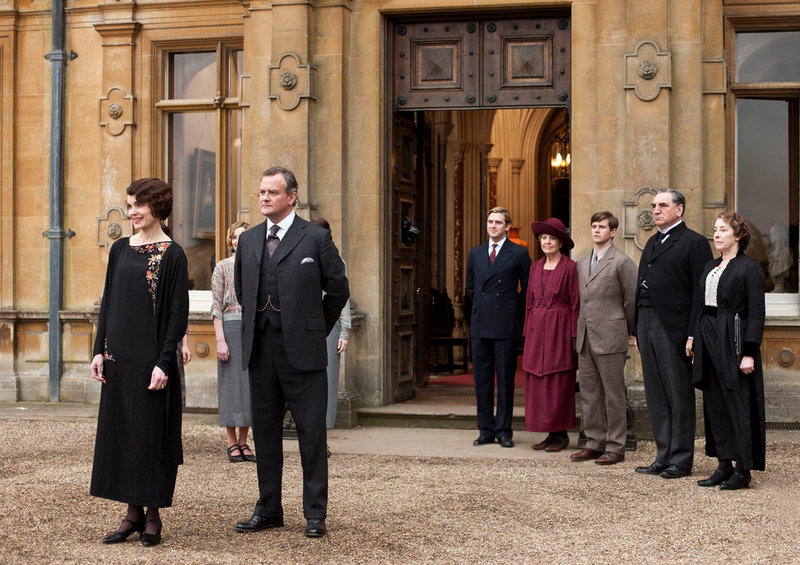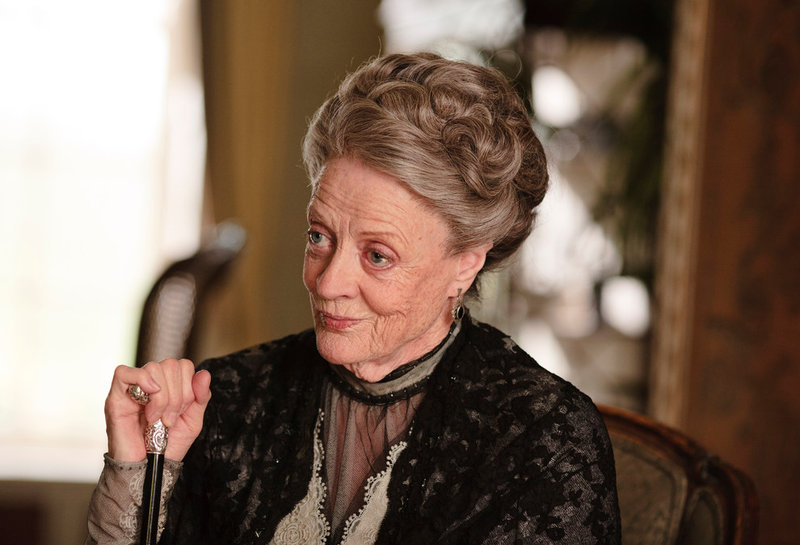Color has been much on my mind lately. I've noticed the first hints of color in foliage, brought on by shortening days and the first strong cold fronts of the season. I just bungled a bird ID, mistaking iridescent black feathers for truly blue ones. And the other evening, a passing rain shower with breaking clouds behind it produced that most beautiful and useless of all natural phenomena, a rainbow. Sometimes it helps us, sometimes it fools us, and sometimes it just makes the world a prettier place. Let's give it some thought.
First, it's a little bit amazing that we can see colors in the first place. In biological terms, it's much more complicated for an eye to distinguish among colors than simply among different intensities of light. The fact that so many organisms take the trouble to develop organs that can see color shows how useful this type of perception can be.
To be sure, there are colors that derive from basic physical laws, enriching the world for humans perhaps but not actually not meaning anything. That rainbow is a fine example: it isn't even really there, existing just as a sort of optical hiccup. Light waves of different lengths bend different amounts when they pass through water droplets; our eyes and brains perceive different wavelengths as different colors. So, inevitably, when sunlight hits raindrops in the right way, a spectrum of colors unfurls in the human eye. It's a classy touch, but there isn't any pot of gold at the end. There isn't even an end.
You might add the subtle coloration of stars to this class. Basic physical factors such as mass, age, and chemical composition determine what kind of nuclear reactions are taking place in a star. That in turn determines the star's temperature and the wavelengths of the radiation it emits (including visible light). And it follows that we see stars ranging from, say, the red of Betelguese to the intense blue-white of Rigel (winter stars, both of them, but already visible in the eastern sky if you're up late enough, or early enough).
But most of the colors we see are in some way related to function. Take the onset of colorful foliage in the fall, for example. The effect, from our perspective, may be purely ornamental. But deciduous trees are all business. The short days and low sun angle of winter don't add up to enough solar energy to make effective photosynthesis possible. And with the onset of cold weather, leaf tissues, easily damaged by freezing, become a liability. So trees shut down their photosynthetic machinery. Levels of chlorophyll, the green pigment that captures the energy of light, begin to drop, and other pigments present in the leaves begin to show. Voila: swamp maple and yellow aspens for us to enjoy. The plants, however, gain little or nothing from the show — they're mainly being practical and cutting their losses.
But color often has meaning, serving as a cue of some kind. In animals, the message is often a social one, broadcasting your identity as a particular species or advertising your suitability as a mate. In many birds, for example, the intensity of plumage coloration in males seems to be relate to how desirable females find a particular male. And in general, markings that help members of the same species recognize each other is an enormous time-saver, preventing wasted efforts to mate with or chase away a member of a different species. Birders, of course, rely heavily on color — though, as a field mark, color is often more variable and hence less reliable than other factors, like structure and vocalizations.
The target of color cues may, though, be a different species altogether. Many flowering plants, for example, take the trouble of producing colorful blossoms not for their own direct benefit (plants don't have eyes!), but rather to signal the availability of resources — pollen and nectar — to insects. Visiting one colorful flower and then the next, these insects "pollinators" transfer genetic material from one flower to another and assist the plants' reproduction.
Even among animals, the intended recipient of a color signal may be an unrelated species. Many species of wasps and bees, for example, sport a snappy black-and-yellow pattern that serves as a warning sign to any potential predator that has been stung once before (or has evolved an instinctive aversion to black-and-yellow). And in a singularly elegant evolutionary touch, many other insects that lack the ability to sting have nevertheless evolved wasp-like color schemes. The resemblance of some harmless flies to yellow-jackets, for instance, can be utterly convincing to a casual observer, letting the flies putter about with impunity while sailing under false colors.
Sometimes important, sometimes useless; sometimes an important signal, sometimes a bit of deception or mis-perception. We take colors for granted and interpret them constantly, usually without thinking. But there is a lot more going here than meets the eye.





















